Semiconductor Engineering editor in chief Ed Sperling spoke with Steven Woo, Rambus fellow and distinguished inventor, about the relationship between Moore’s Law, Dennard scaling and thermal challenges. As Woo notes, there is a “tug of war” between the benefits that Moore’s Law provides and the breakdown of Dennard scaling in 2005.
“Systems now need to be designed holistically. You have to think about what it is you’re trying to accomplish, the environment that the system will be deployed in and how to deliver power while dealing with the resulting heat,” says Woo. “One market that illustrates this tug of war is graphics. Over time, we’ve seen dramatic improvements in performance along with more work and effort to deal with the heat that’s being generated.”
To illustrate the steady progression of thermal challenges since the breakdown of Dennard scaling, Woo displays an array of graphics cards (GPUs) that span about 25 years. The first card is a typical GPU that one would have come across in the mid-1990s.
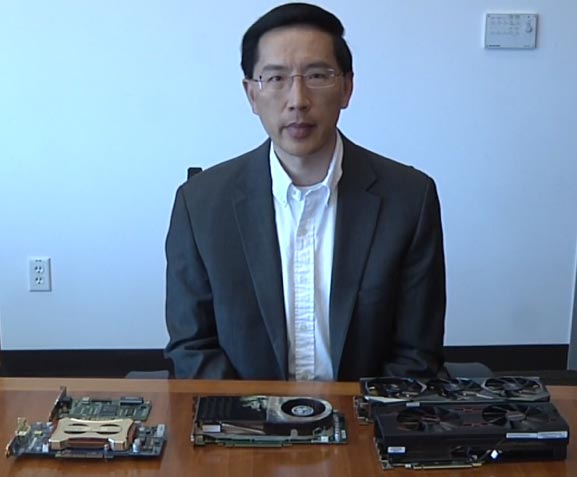
“What you see [below] is a processor for graphics. You don’t really see much [evidence of] concern about heat – as there isn’t a fan or big heat sink or anything like that. The thermal situation was fairly easy to deal with,” he explains.
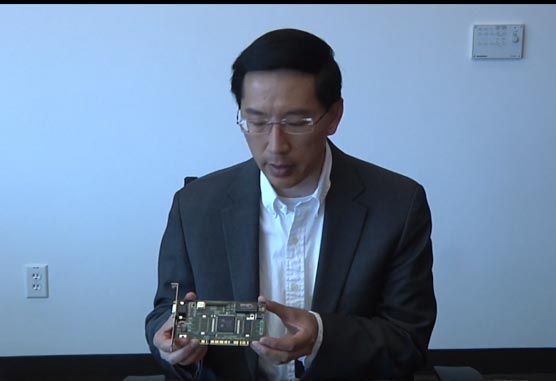
“If you fast forward a couple of years, you find that graphics started to become much more important. As Moore’s Law started to come into play, GPUs also became more powerful. Along with that, more power and more heat were being generated.”
The next card Woo showcases is a typical GPU from around the 2000-2001 timeframe. By this point, graphics cards were doing considerably more work and generating significantly more heat.
“So, there are more active types of structures to deal with this heat. In this particular case, there’s a fan sink. You can see a couple of different related fans here and a radiator like finned structure to help deal with the heat and dissipate it,” he says.
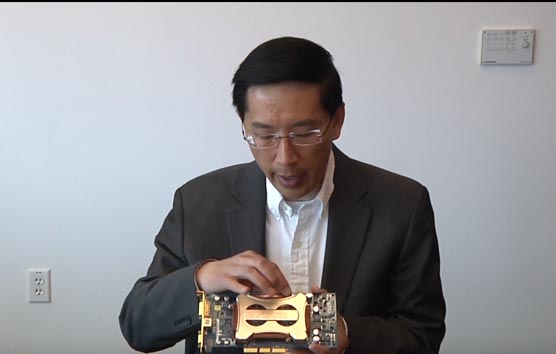
“You can also see that the card itself is much thicker than the first card I showed from the mid-1990s. Again, you can start to see that more of that volume is spent dealing with the heat. It’s now thicker, more complex and probably more expensive.”
As Woo points out, GPUs had become more challenging to design by the year 2000, with engineers carefully considering how to support a larger heatsink with solutions like mounting plates. By the mid-2000s, GPUs were much larger and thicker than their predecessors, with more advanced graphics cards taking up two PCIe slots. Moreover, a significant part of GPU volume was dedicated to bringing in cooler air and dissipating heat.
“Although this trend started in the [high-end] gaming market and in the higher performance markets like workstation graphics, it eventually worked its way down into the mainstream,” Woo states.
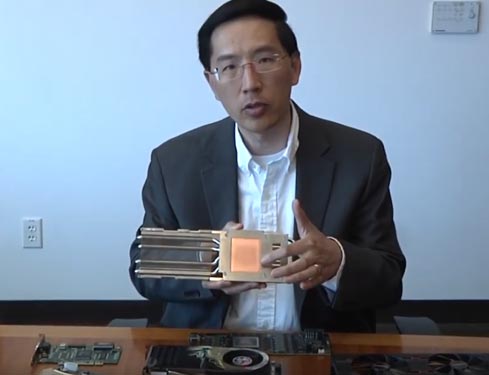
“So, what we find now is that even within middle markets we’re seeing graphics card solutions that require more complex heat management. [As well], thermal solutions for higher-end graphics cards are much larger than their predecessors.”
To illustrate the steady increase in GPU size due to thermal challenges, Woo points to a graphics card that uses GDDR6 memory.
“If we open this up, we can see how much volume is really dedicated to managing heat. When we pull off this fan structure with three bladed fans, we can see a very complicated radiator structure that removes the heat from the GPU,” he elaborates.
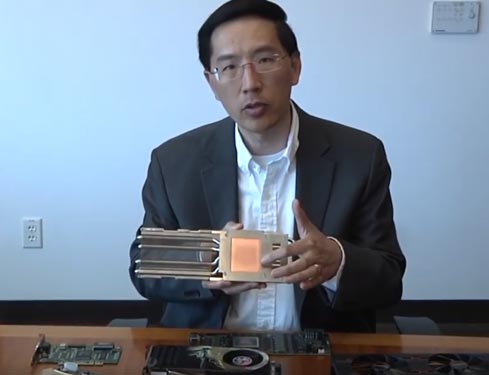
“You can see a copper plate which is used to whisk the heat away and then it gets pulled into an area where there’s a bunch of heat pipes. These are basically pipes with some liquid that draw the heat away over a series of bladed fins and that’s what the fans are blowing against.”
As Woo notes, the heat dissipation techniques of GPUs are somewhat analogous to the way a car radiator works.
“The upshot of all of this is that so much of the GPU volume these days deals with the consequence of power scaling stopping in the mid-2000s. You can see that a lot of the weight and volume is dedicated to just managing the thermals,” he concludes.

Leave a Reply